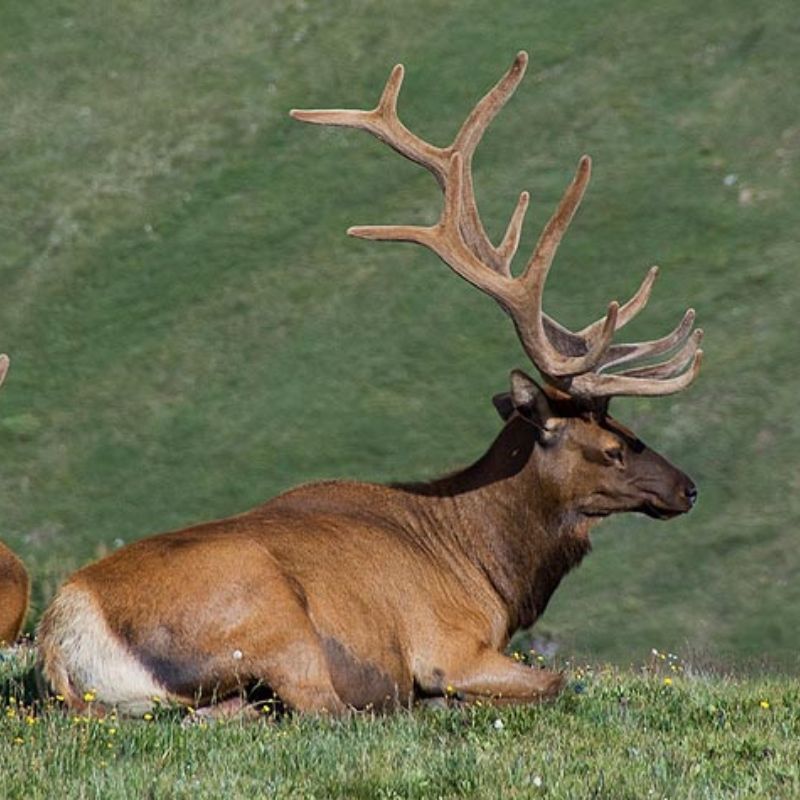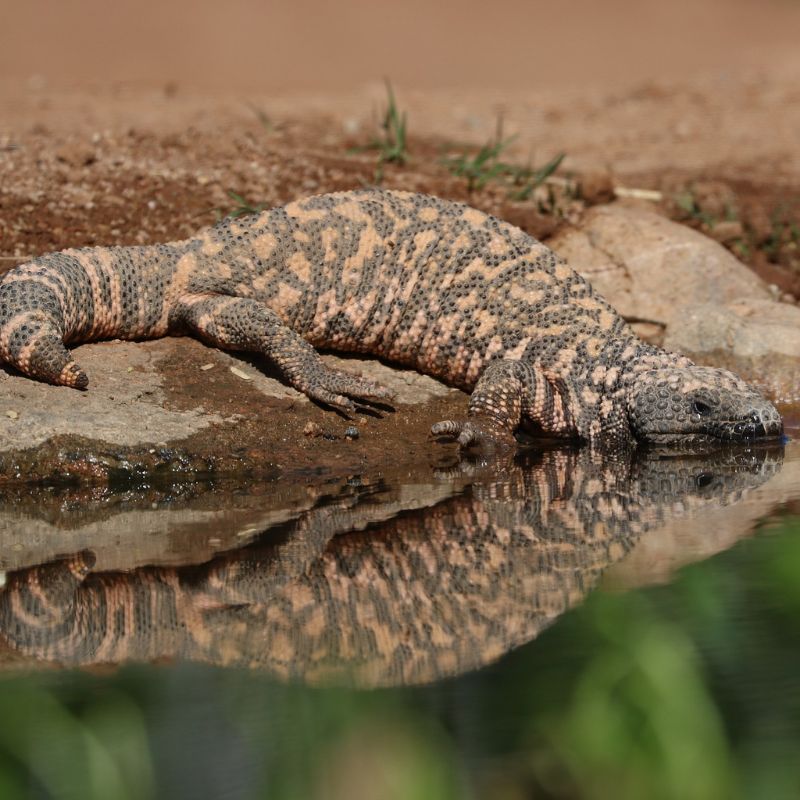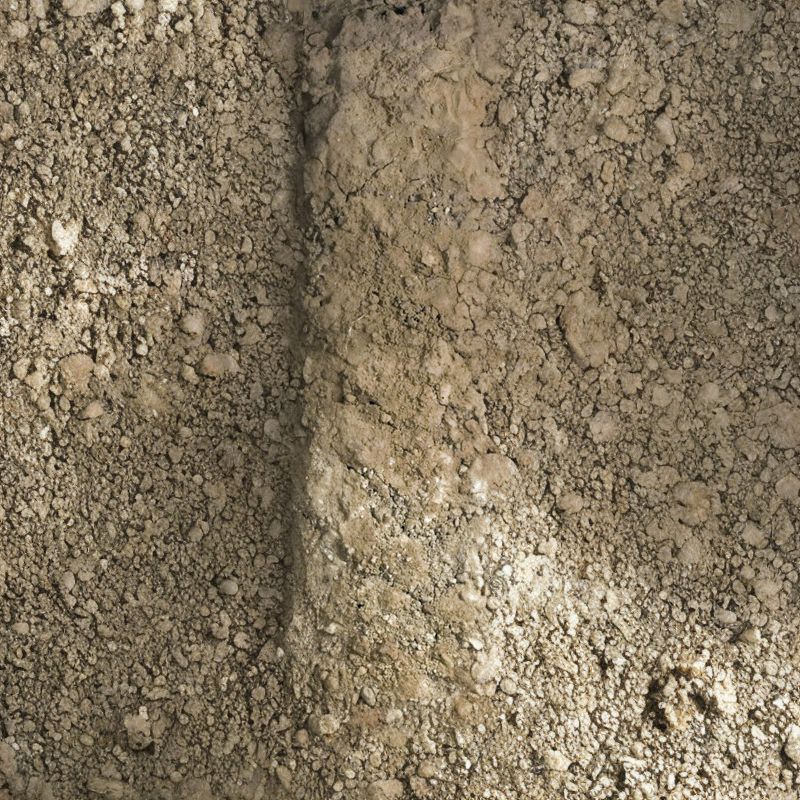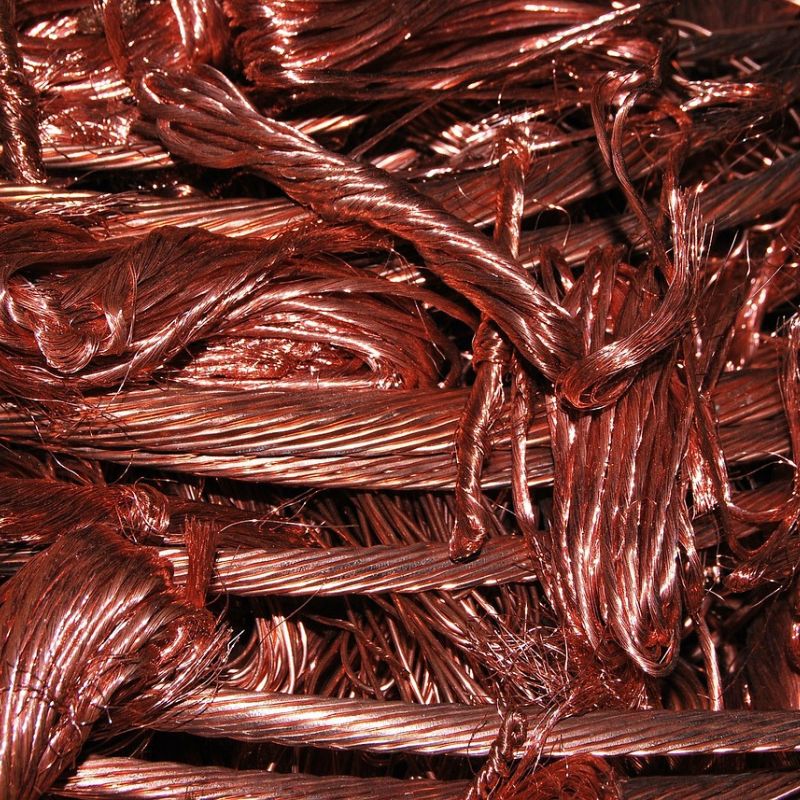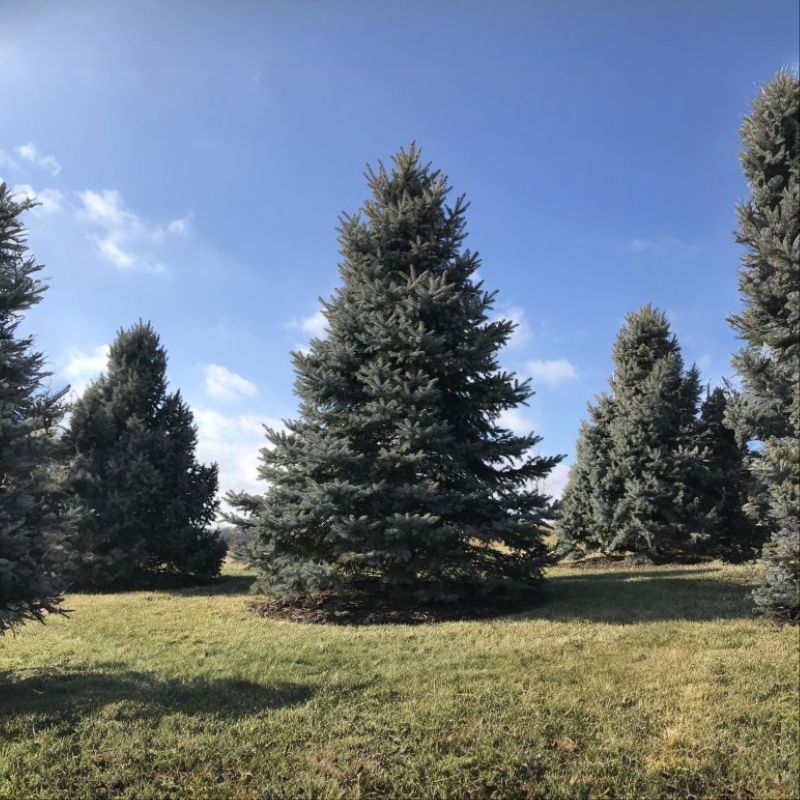Explore the Fascinating History of Utah
Take our Alabama Trivia Quizzes for a Chance to Win a 6-Month Subscription to History By Mail!

The History of Utah
Journey Through Utah Trivia
Welcome to our Utah history and trivia page, presented by History By Mail. Join us as we embark on a journey through the captivating past and cultural tapestry of the Beehive State. From the ancient civilizations of the Native American tribes, such as the Ancestral Puebloans and the Fremont people, to the arrival of European explorers and the modern era, we'll delve into Utah's hidden gems and challenge your knowledge with entertaining quizzes. Let's uncover the rich history and intriguing trivia of Utah together.
Utah, known as the Beehive State, is a land of extraordinary history and natural wonders. From the early Native American civilizations and the arrival of Mormon pioneers to its stunning national parks and unique geological formations, Utah holds a captivating legacy. From the iconic red rock landscapes of Zion National Park and Bryce Canyon to the serene beauty of the Great Salt Lake, the state showcases a blend of historical landmarks, outdoor adventures, and a deep connection to its pioneer heritage.
Join us as we unravel the intriguing history and trivia of Utah, delving into its role in the westward expansion, the establishment of Salt Lake City and the Mormon settlements, and the fascinating stories that make it a unique and cherished part of our nation's heritage.
Facts about Utah
State Abbreviation: UT
Capital: Salt Lake City
Name Origin: Experts don’t agree on Utah’s name. Some say it comes from the Spanish nickname for the Ute Native American tribe, Yuta. But others say the name could come from the Ute word yutas, which is said to mean “the people,” or “people of the mountains.”
Nickname: Beehive State
Statehood: January 4, 1896 (45th State)
State Motto: “Industry”
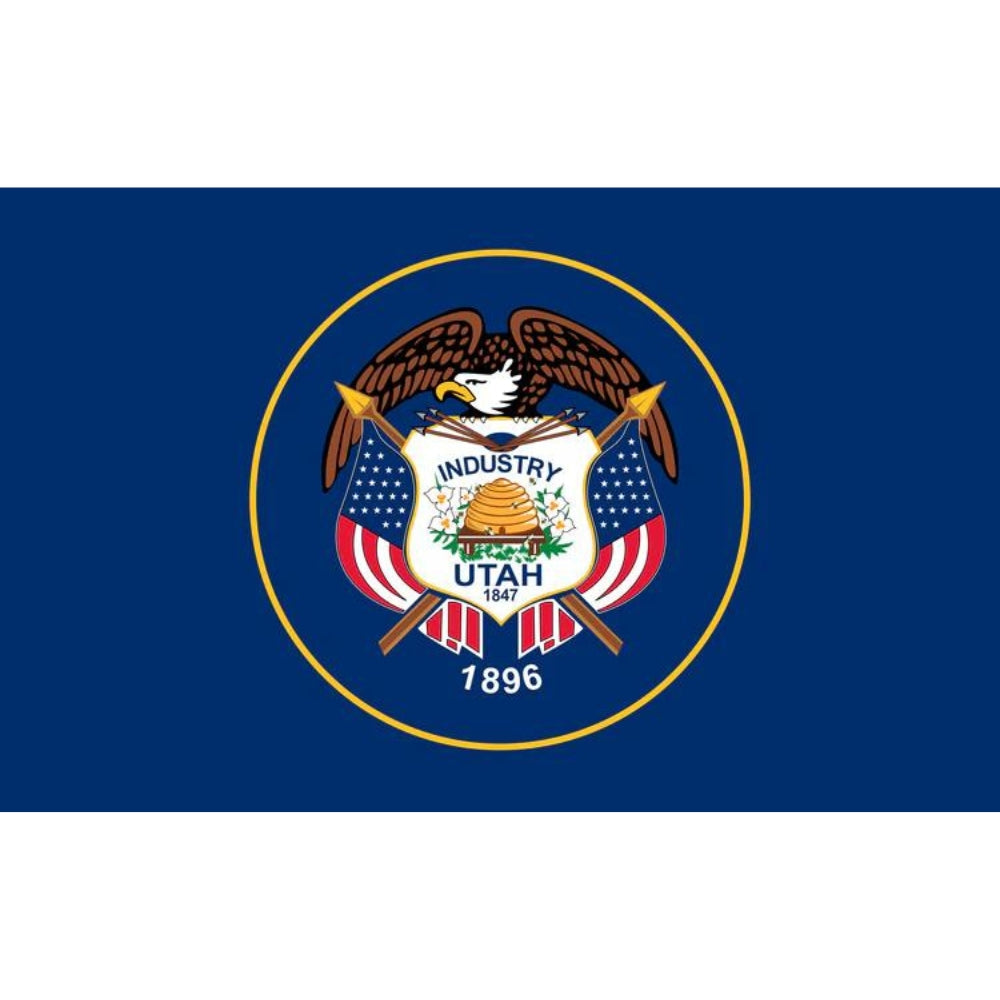
Utah's Flag
The state flag of Utah is a vibrant and distinctive symbol that represents the unique history and characteristics of the Beehive State. Designed by Harry Edwards, the flag features a deep navy blue field with the Utah state seal prominently displayed in the center.
The Utah state seal on the flag is a powerful emblem that depicts several significant elements. At the center of the seal is a beehive, which symbolizes industry and represents the state's nickname, the Beehive State. Surrounding the beehive are sego lilies, the state flower, symbolizing peace and the natural beauty of Utah. The state motto, "Industry," is inscribed above the beehive, further emphasizing the industrious nature of the state's residents.
Additionally, two American flags flank the beehive, representing Utah's loyalty to the United States. Above the beehive and flags is a bald eagle, the national bird, symbolizing freedom and strength. The eagle carries in its beak a banner with the state motto, "E Pluribus Unum," meaning "Out of many, one." This phrase highlights the unity and diversity found within the state.
Utah's Great Seal
The seal of Utah symbolizes the distinctive Mormon heritage of the state. The initial Mormon pioneers named the region Deseret, drawing inspiration from a term in the Book of Mormon signifying "honeybee," and embraced the beehive as their representation. The seal, officially adopted by the Utah Territory in 1850, prominently features a beehive at its core. This beehive also embodies the concept of "Industry," which became the state motto in 1959. The inclusion of the sego lily on the seal holds significance as well. This flower, now Utah's state emblem, served as a source of sustenance for early settlers during times of scarcity. Following Utah's attainment of statehood in 1896, additional elements were incorporated into the seal, such as American flags, an eagle, and the years 1847 (marking the arrival of the first Mormons) and 1896.
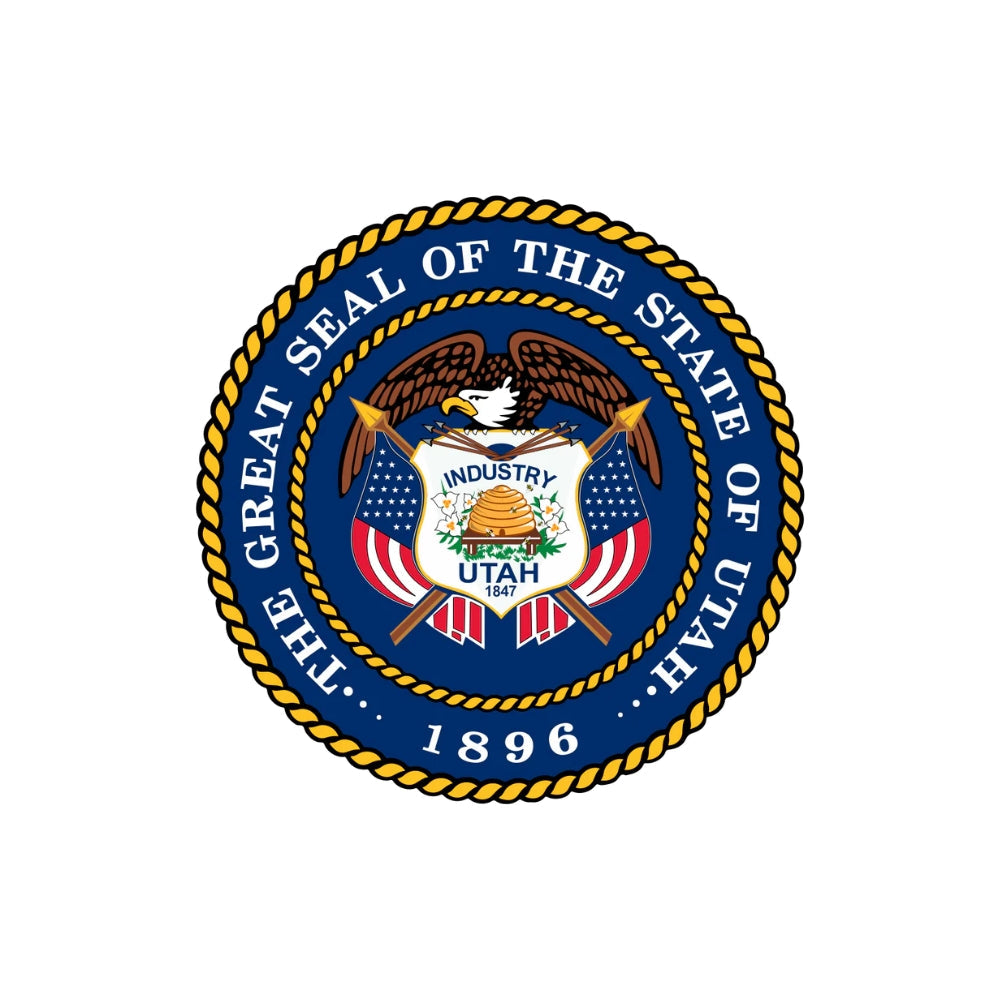
--- State Trivia #1 ---
History of Utah
The region now known as Utah was initially explored by Franciscan friars Escalante and Dominguez on behalf of Spain in 1776. It was in 1824 that the renowned American frontiersman Jim Bridger discovered the Great Salt Lake, a landmark that would shape the history of the area.
In 1847, seeking refuge from religious persecution in the East and Midwest, the Mormons arrived and began establishing Salt Lake City. The United States acquired the Utah region through the treaty that ended the Mexican War in 1848. A significant milestone in transportation history occurred in 1869 when the first transcontinental railroad was completed at Promontory Summit, marked by the driving of a golden spike.
The Mormon Church faced challenges regarding polygamy from the federal government, and it was not until 1890, six years prior to Utah attaining statehood, that the church officially renounced the practice.
Utah boasts abundant natural resources and has been a leading producer of copper, gold, silver, lead, zinc, potassium salts, and molybdenum. The state also plays a significant role in oil and natural gas production. Notably, Utah stands as the sole producer of gilsonite, a pure form of asphalt utilized in various applications such as printing inks, paints, oil well drilling, and chemical products.
The state's agricultural sector thrives, with key commodities including cattle and calves, dairy products, hay, greenhouse and nursery products, and hogs.
In addition to its traditional industries of agriculture and mining, Utah has experienced a rise in tourism and the growth of aerospace, biomedical, and computer-related businesses.
Utah is a haven for vacationers, offering a wealth of recreational opportunities. With 11,000 miles of fishing streams and 147,000 acres of lakes and reservoirs, it is a paradise for anglers. The state is renowned for its breathtaking national parks, including Arches, Bryce Canyon, Canyonlands, Capitol Reef, and Zion. Visitors can also explore impressive landmarks such as Cedar Breaks, Dinosaur, Hovenweep, Natural Bridges, Rainbow Bridge, Timpanogos Cave, and the Grand Staircase (Escalante) National Monuments. The Mormon Tabernacle in Salt Lake City is another notable attraction, and the city itself hosted the 2002 Winter Olympics.
Utah is proud to be the host of the internationally acclaimed Sundance Film Festival, one of the largest independent film festivals in the United States. The festival, held annually in January, attracts a vast number of attendees and serves as a platform for emerging filmmakers. In 2013, the festival received a record-breaking 12,146 film submissions and relied on the support of 1,803 volunteers.
After a period of 38 years in union with Massachusetts, New Hampshire became a separate royal colony in 1679. The state played a significant role in the American Revolution, with its delegates being the first to vote for the Declaration of Independence on July 4, 1776. In 1905, New Hampshire gained international attention when the Portsmouth Naval Base hosted the signing of the Treaty of Portsmouth, which ended the Russo-Japanese War.
Abundant water power fueled New Hampshire's early industrial development, and manufacturing remains a major source of income for the state. The principal industrial products include electrical and other machinery, textiles, pulp and paper products, and stone and clay products. Agriculture in New Hampshire is characterized by dairy and poultry farming, as well as the cultivation of fruits, truck vegetables, corn, potatoes, and hay.
New Hampshire boasts several attractions for vacationers, such as Lake Winnipesaukee, the largest among the state's 1,300 lakes and ponds. The White Mountain National Forest, covering 724,000 acres, offers stunning natural beauty. Visitors can explore Daniel Webster's birthplace near Franklin and experience the restored buildings of the original settlement at Strawbery Banke in Portsmouth. Unfortunately, in 2003, the iconic "Old Man of the Mountain," a granite head profile and the state's official emblem, fell from its perch in Franconia, marking the end of an era.
State Symbols
Fun Facts
- Infamous outlaw Butch Cassidy, hotel chain founder J.W. Marriott, and early television inventor Philo T. Farnsworth were all born in Utah.
- The Sundance Film Festival, an annual independent film festival is held in Park City, Utah.
- Visitors to Utah State University can taste ice cream made only here: blue mint with Oreos and white chocolate chips. Staff and students in the school’s food science program might have invented it!
- A top spot for seeing Utah’s famous red rocks is the 200-million-year-old natural “staircase” called Grand Staircase-Escalante National Monument. Another show-stopping rock formation is “the Wave” on the Arizona border. The striped layers of hardened, windblown sand sweep into giant curves that look like waves.
- Utah’s license plate claims the state has the “greatest snow on Earth” because the snow falls light and dry on the mountains.
- Utah is home to Fishlake National Forest.
--- State Trivia #2 ---

Things To Do in Utah
- Explore the Mighty 5 National Parks: Utah is home to five breathtaking national parks known as the Mighty 5—Arches, Bryce Canyon, Canyonlands, Capitol Reef, and Zion. Each park offers unique landscapes, stunning rock formations, and opportunities for hiking, camping, photography, and wildlife spotting. Witness the famous Delicate Arch in Arches National Park, hike the Narrows in Zion National Park, or take in the panoramic views from Bryce Canyon's rim.
- Visit Monument Valley: Experience the iconic red sandstone formations of Monument Valley, located on the Utah-Arizona border. This awe-inspiring landscape has served as the backdrop for numerous movies and is rich in Navajo history and culture. Take a guided tour or embark on a scenic drive to witness the towering buttes, mesas, and sandstone pillars that make this area so captivating.
- Ski and Snowboard in Park City: Utah is renowned for its world-class ski resorts, and Park City is a premier destination for winter sports enthusiasts. Hit the slopes at Park City Mountain Resort or Deer Valley Resort, known for their excellent snow conditions and well-groomed trails. After a day on the mountain, explore the charming town with its historic Main Street, vibrant arts scene, and delectable dining options.
- Discover Lake Powell and Glen Canyon National Recreation Area: Lake Powell, a stunning reservoir located in southern Utah, offers a paradise for water-based activities. Rent a houseboat, kayak, or powerboat to explore the crystal-clear waters, towering red cliffs, and hidden canyons. Hike to Rainbow Bridge National Monument, one of the world's largest natural bridges, or take a guided tour of Antelope Canyon, a magnificent slot canyon nearby.
- Experience the Salt Lake City: Utah's capital city, Salt Lake City, has a rich history and a vibrant urban scene. Visit Temple Square, the heart of the city and the headquarters of the Mormon Church, to admire the impressive Salt Lake Temple and explore the surrounding gardens and historic buildings. Discover the Utah State Capitol, explore the exhibits at the Natural History Museum of Utah, or catch a performance at the renowned Utah Symphony. Don't forget to indulge in the city's diverse culinary scene and explore the nearby Wasatch Mountains for outdoor adventures like hiking, biking, and rock climbing.
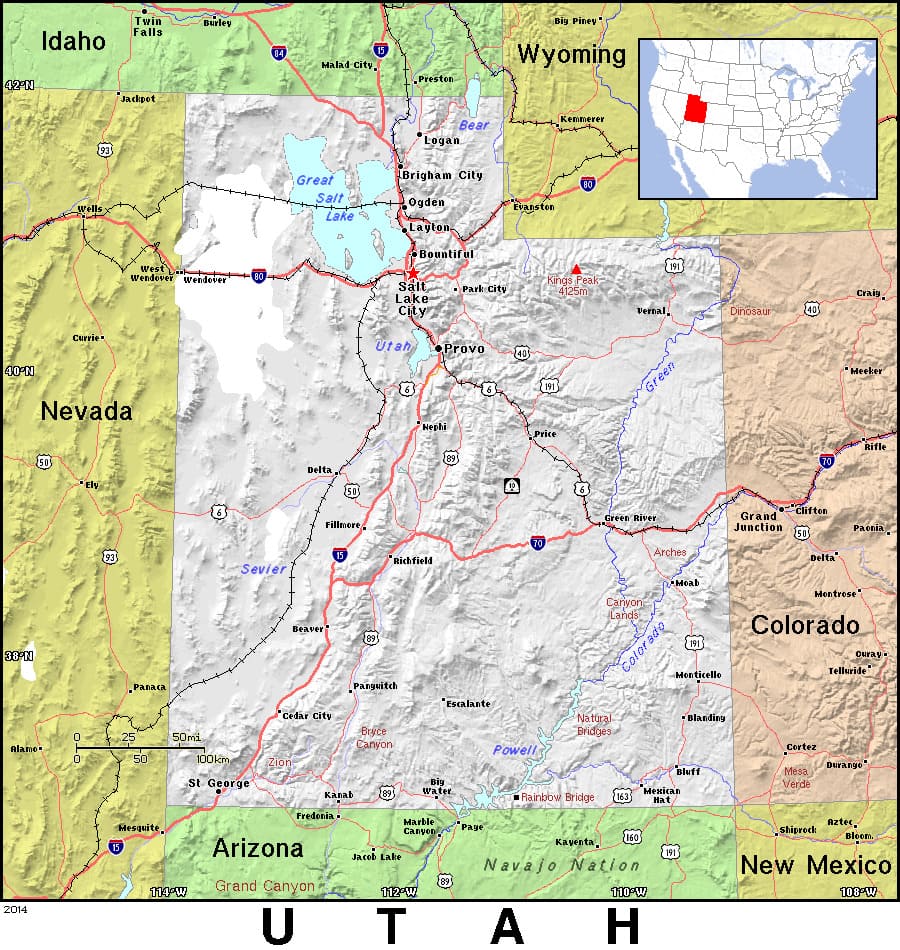
General Map of Utah
Utah, known as the "Beehive State," is a captivating destination located in the western region of the United States. Renowned for its breathtaking landscapes, outdoor recreation opportunities, and rich cultural heritage, Utah offers a wealth of experiences for visitors to discover and savor.
Famous People From Utah
--- State Trivia #3 ---
FREQUENTLY ASKED QUESTIONS (FAQ) ABOUT UTAH
The name "Utah" comes from the Ute tribe, Native Americans who have inhabited the region for centuries. The word "Utah" is believed to mean "people of the mountains" in the Ute language, which aptly describes the state's rugged landscapes.
Utah became the 45th state of the United States on January 4, 1896. It was the result of a long process involving issues like polygamy and religious freedom that had to be resolved before statehood was granted.
Utah was a pioneer in women's suffrage. It granted women the right to vote in 1870, 50 years before the 19th Amendment was ratified nationally. This was partly due to the influence of the LDS Church, which encouraged women's involvement in civic affairs.
Utah is home to five stunning national parks collectively known as the "Mighty 5": Zion, Bryce Canyon, Capitol Reef, Canyonlands, and Arches. Each park boasts distinct geological formations, including towering arches, deep canyons, and colorful hoodoos, making them a paradise for outdoor enthusiasts and nature lovers.
Related Resources
- Official Website of the State of Utah: The official website provides information about state government services, business resources, tourism, and more. Visit: https://utah.gov/
- Utah Office of Tourism: Explore Utah's attractions, outdoor activities, national parks, events, and plan your trip. Visit: https://www.visitutah.com/
- Utah State Parks: Discover Utah's state parks, including information on camping, hiking, boating, and recreational activities. Visit: https://stateparks.utah.gov/
- Utah Division of Wildlife Resources: Learn about Utah's diverse wildlife, hunting and fishing regulations, conservation efforts, and outdoor recreation opportunities. Visit: https://wildlife.utah.gov/
- Utah State Historical Society: Explore Utah's rich history, access historical resources, and learn about preservation efforts and educational programs. Visit: https://heritage.utah.gov/history
- Utah Department of Natural Resources: Discover Utah's natural resources, geological wonders, water management, land management, and environmental initiatives. Visit: https://naturalresources.utah.gov/
- Utah Arts & Museums: Learn about Utah's vibrant arts scene, museums, cultural events, and exhibitions. Visit: https://artsandmuseums.utah.gov/
- Utah State Archives: Access historical records, photographs, and documents that showcase Utah's history and heritage. Visit: https://archives.utah.gov/
- Utah State Fair: Stay updated on the annual Utah State Fair, featuring entertainment, livestock exhibits, food vendors, and more. Visit: https://utahstatefair.com/

